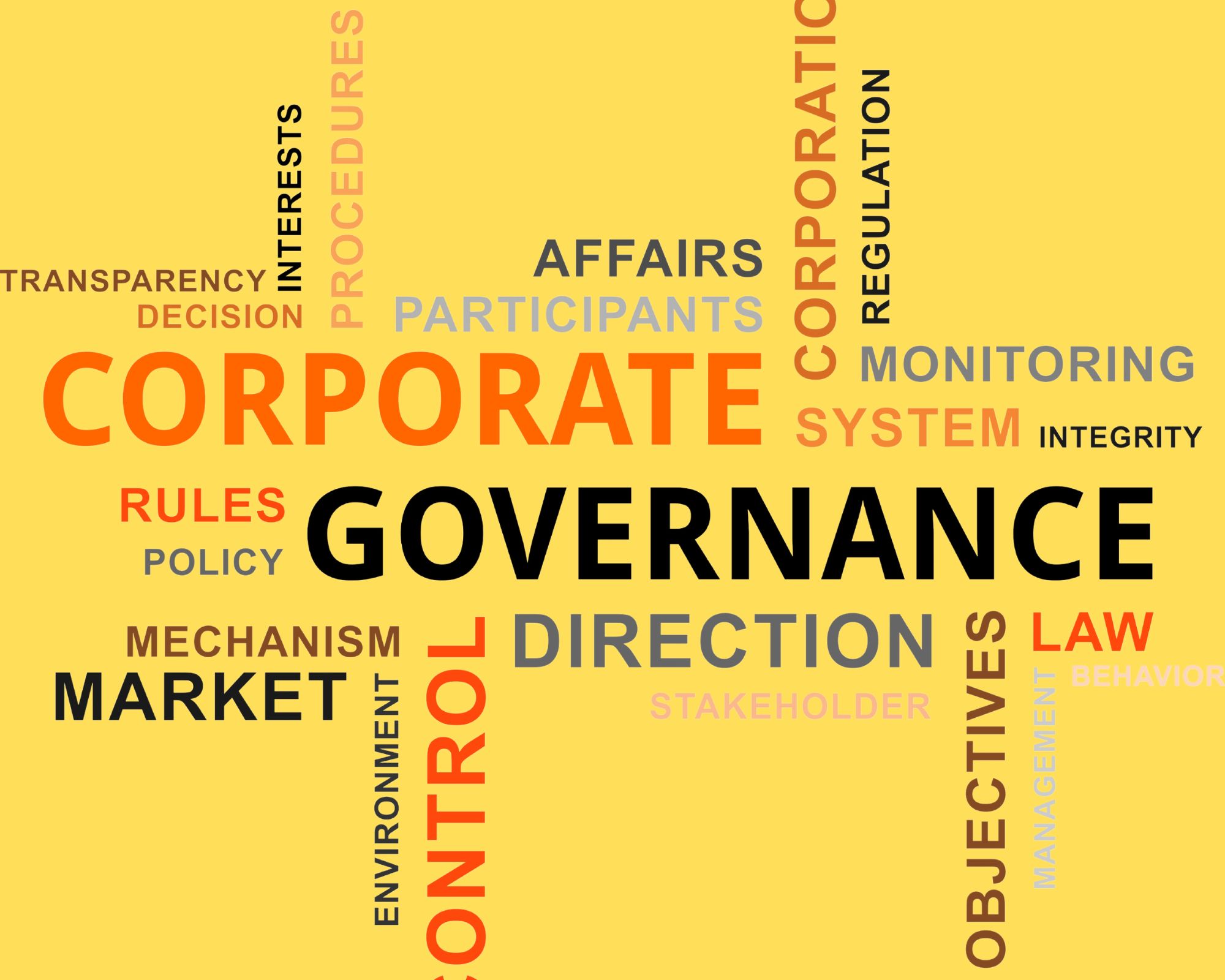Summary:
-
Here, too, the numbers show that about seven out of ten government transfer recipients also made a digital payment in addition to getting their money in an account.
-
Adults in developing nations who receive a government transfer payment into an account are shown in Figure 1. Even though we have made significant progress in recent years, there is still a great opportunity to further digitize public payments in order to allow some of the 1.4 billion individuals who do not have access to a bank to join the formal financial system.
-
The World Bank Group, in collaboration with the Bill & Melinda Gates Foundation and NORAD, is making numerous efforts, including the G2Px Initiative, to help countries drastically improve government payments.
-
To close the gap, governments must add to digitalizing payments with programs that teach people how to use technology and manage money.
-
We know that at least 61 million adults in developing economies who can’t use banks get cash transfers from the government.
The biggest worldwide economic crisis in more than a century was brought on by the COVID-19 pandemic. Many households that lost income or had to pay for medical bills out of the blue were not able to handle shocks of that size and length. Women were especially affected because they were more likely to work in jobs that required lockdowns and other forms of social exclusion and because they often had to do more for their families. People in need got important financial help from the government through digital payments to their accounts, cards, and phones, while also following safety recommendations for public health.
When COVID-19 caused an economic crisis, many people needed help from the government. Countries with digital public infrastructure, like broadband connections, identification and payment systems, and infrastructure for sharing data, were able to reach more of their poorest citizens in a targeted and clear way. According to a recent study on the use of digital systems during the first year of the COVID-19 pandemic, of the 85 countries studied, those that could use trustworthy data-sharing and digital databases were able to reach, on average, about half of their populations. Digital government payments saved the lives of millions of people and gave some of them a way to get into the financial system.
Governments and receivers can profit in a variety of ways by leveraging digital infrastructure. By sending payments directly into bank accounts, including mobile money accounts, governments can reach more people more quickly and safely. This also helps cut down on corruption and leakage that can occur when giving out cash. Payments from the government, especially to underrepresented groups like women and young people, can help people become financially independent and gain economic power. Global Findex data shows that 423 million women and 865 million other account holders in developing countries (18% of all adults) opened their first bank account so they could get money from the government.
The government gives money to people for a variety of reasons, including transfer payments for medical or educational costs, unemployment benefits or subsidy payments, pensions, and wages in the public sector. In developing economies, 64% of people who received government transfers (apart from pensions and wages) received a payment digitally, and 15% received one in cash. The remaining 20% of people who got government transfers probably got their money through a voucher or a one-time password. It’s also possible that they got their money in kind.
More people receiving government transfers are using digital payments.
Financial inclusion requires the ability to access accounts and receive payments. The continuous use of financial services is equally crucial. Here, too, the numbers show that about seven out of ten government transfer recipients also made a digital payment in addition to getting their money in an account. In 2017, only about half of the government transfer recipients did this. These payments included using an account to make in-store purchases, pay bills, or make purchases on the internet (both at 49 percent) (and 54 percent). 34 percent of people who got government payments online and made digital payments also put money away in a traditional bank account or a mobile money account. The fact that more people who get money from the government are opening accounts shows that there have been big steps forward in making it easier for people to use formal financial services.
Adults in developing nations who receive a government transfer payment into an account are shown in Figure 1.
Even though we have made a lot of progress in the past few years, there is still a lot of room for improvement in digitizing public payments so that some of the 1.4 billion people who don’t have access to a bank can join the formal financial system. Together with the Bill & Melinda Gates Foundation and NORAD, the World Bank Group is working on a number of projects, such as the G2Px Initiative, to help countries improve their government payments in a big way. To close the gap, governments must supplement the digitalization of payments with programs that teach people how to use technology and manage their finances. The goal would be to make a solid framework for protecting consumers and to make design and policy decisions that put the people who get these payments first. To make sure that everyone, especially women, people with disabilities, and other underrepresented groups, can access and use their accounts or make digital payments with confidence, we will need a strategy with more than one part.
We know that at least 61 million adults in developing economies who can’t use banks get cash transfers from the government. Of these, 35 million are women. Government transfers can be digitalized to help these folks become more financially included.
Analysis by: Advocacy Unified Network


